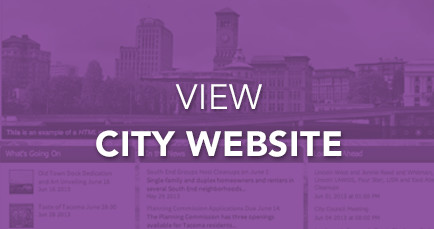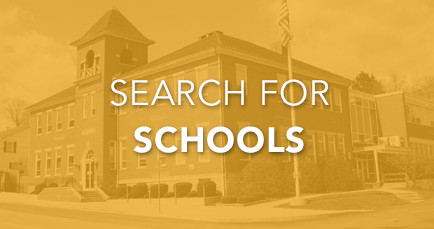Back then Menlo Park was a largely rural town of approximately 5,000 residents, but it was in the midst of a major growth spurt. By 1960, it had a population of 26,000. Today, 33,000 people live in there.
Founded in the middle of the 19th century, Menlo Park got its name from a pair of early landowners who printed it on an archway leading to their property. In 1863, when the San Francisco and San Jose rail line arrived, someone saw the “Menlo Park” sign and decided it would work well as the new station’s name. Today, Menlo Park’s train station is one of the oldest in California.
Early Menlo Park was a place of large estates which were eventually subdivided and developed for housing. The last of these, 574 acres and a mansion called “Belmont,” owned by Frederick Sharon, was turned into Sharon Heights in the 1960s. Back then, memberships in the Sharon Heights Country Club, which was formed to attract buyers to the new neighborhood, cost $3,500. Today that same membership will run you well over $100,000.
Because of its Silicon Valley-friendly location, attractive neighborhoods and small-town downtown, Menlo Park is one of the Bay Area’s most desirable cities. It consists of 16 separate districts whose character runs from secluded and rural to bustling and urban. The city has a long history with the technology industry, dating back to the founding of the Stanford Research Institute – now known as SRI International – in 1947. Over time, Menlo Park has hosted a number of important tech concerns, including Facebook, which came to Menlo Park in 2011, taking over the former Sun Microsystems Campus. Menlo Park’s Sand Hill Road, which runs along the city’s southern border, is the world’s epicenter of tech and biotech venture capital firms. Its companies invest billions of dollars in innovation, each day working to determine which start-ups will hit it big and which will fizzle out.
Once touted as a bedroom community for Stanford University staff, Menlo Park has blossomed into one of the Bay Area’s premier family-friendly communities. Downtown’s Santa Cruz Avenue is the site of an impressive roster of events, including an annual Christmas Tree Lighting, a summer block party, the Fall Festival of Arts & Crafts and downtown’s headline event, the Connoisseurs’ Marketplace. This event celebrates its 28th year in 2014 with food, drink, music and arts and a classic car show.
As exciting as the Connoisseurs’ Marketplace may be, it may not be Menlo’s largest event. That honor could also go to the yearly Sunset Magazine Celebration Weekend, held at the beginning of each summer. Billed as “where Sunset Magazine comes to life,” this year’s event boasts 31 celebrity and expert presenters, sharing their wisdom about cooking, gardening, travel and home.
You don’t need a big event to enjoy Menlo Park, though; all you have to do is stroll Santa Cruz Avenue, enjoy one of its lush green parks, marvel at the oak trees in Menlo Oaks and the breathtaking new homes that seem to be popping up every day on Menlo streets; catch a little league game, load up at the Sunday Farmer’s Market, check out the wares at the Allied Arts Guild, where artists have been creating and selling work since 1929.
Menlo Park is an oasis away from the noise of the surrounding world, with tree-lined streets and friendly residents, good schools and community spirit. Add to that a Silicon Valley-convenient location and a collection of big, inviting homes and it’s easy to see why what was once a rural retreat is now one of the region’s most popular places.


